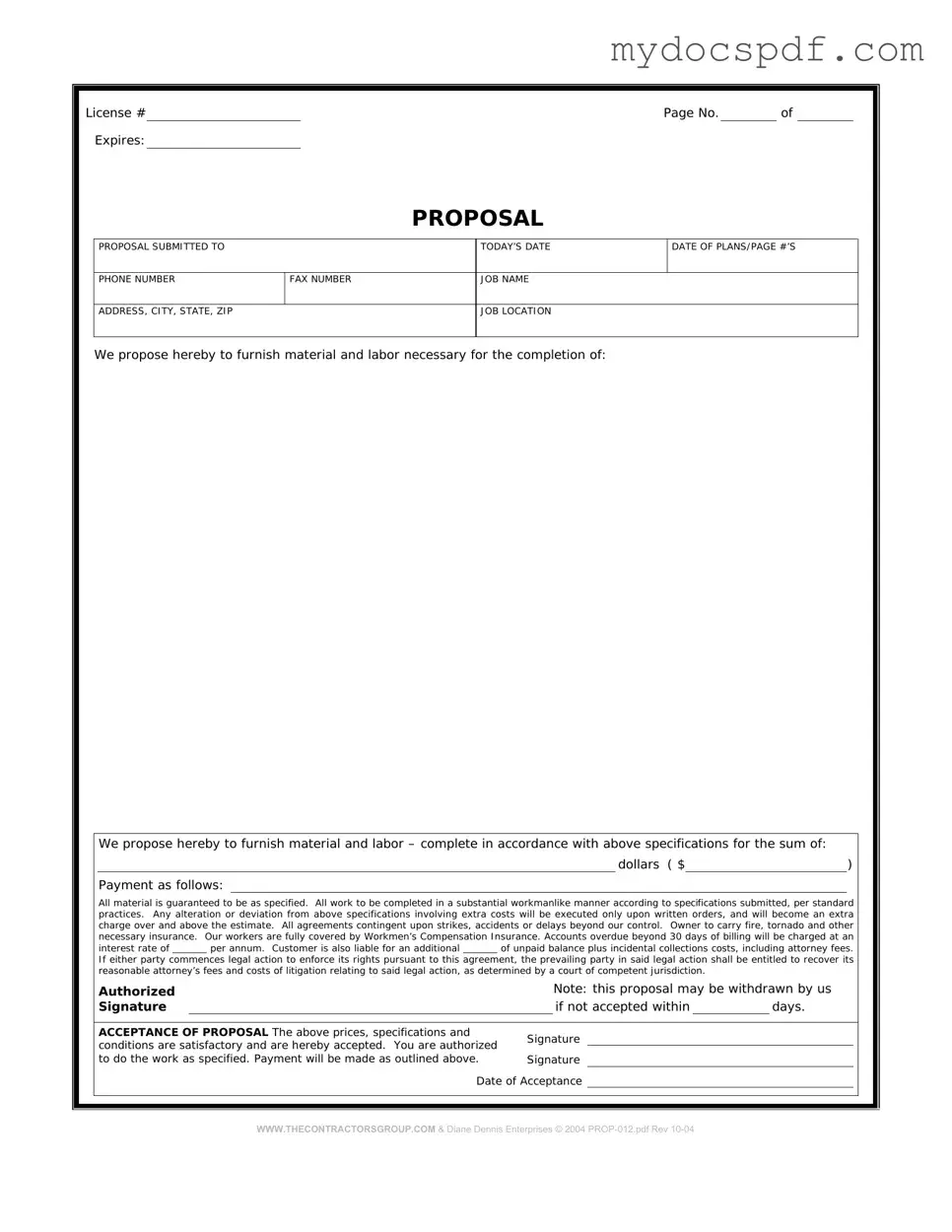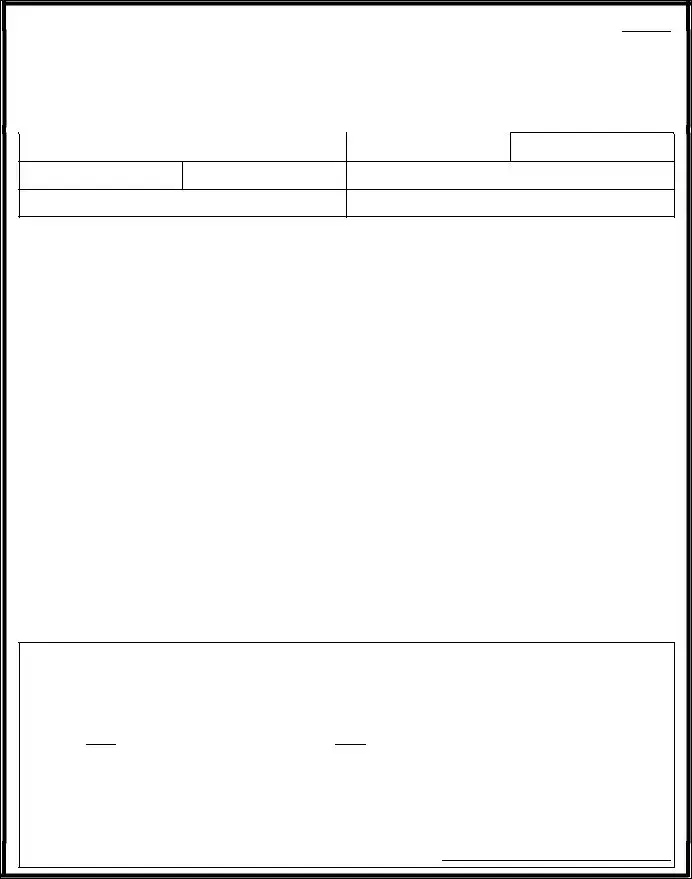Get Construction proposal form Form in PDF
The Construction Proposal Form is a critical document used in the construction industry to outline the terms and conditions of a project proposal. It serves as a formal offer from a contractor to a client, detailing the scope of work, costs, and timelines. Understanding this form is essential for both contractors and clients to ensure clarity and prevent disputes during the construction process.
Access Editor Here

